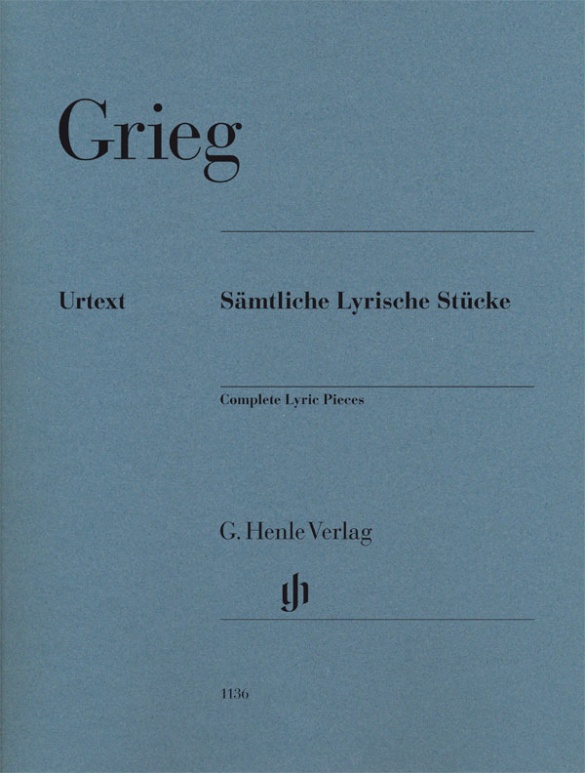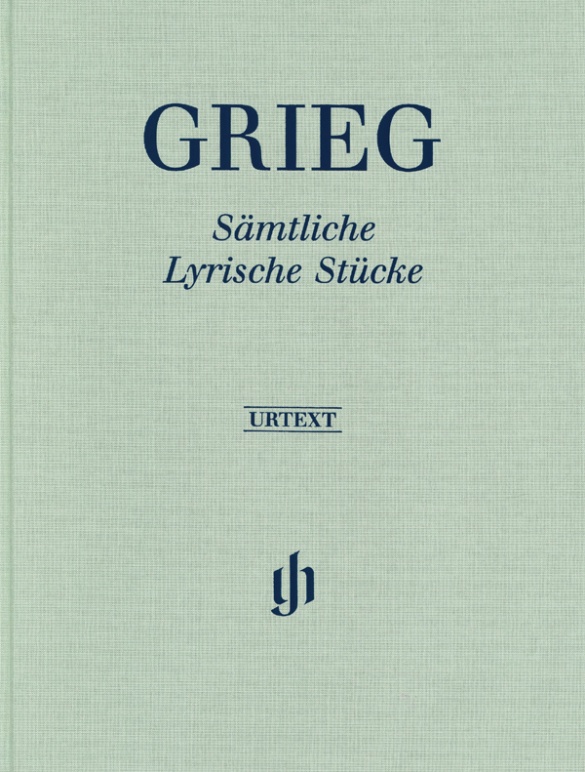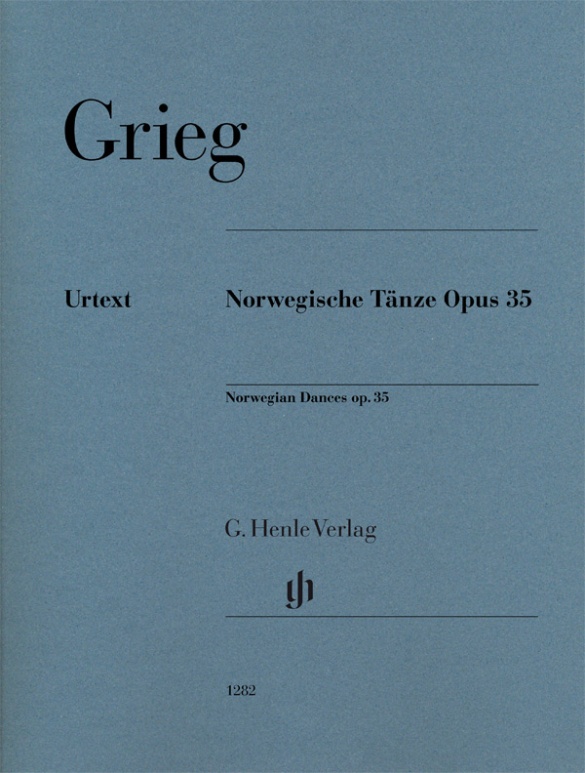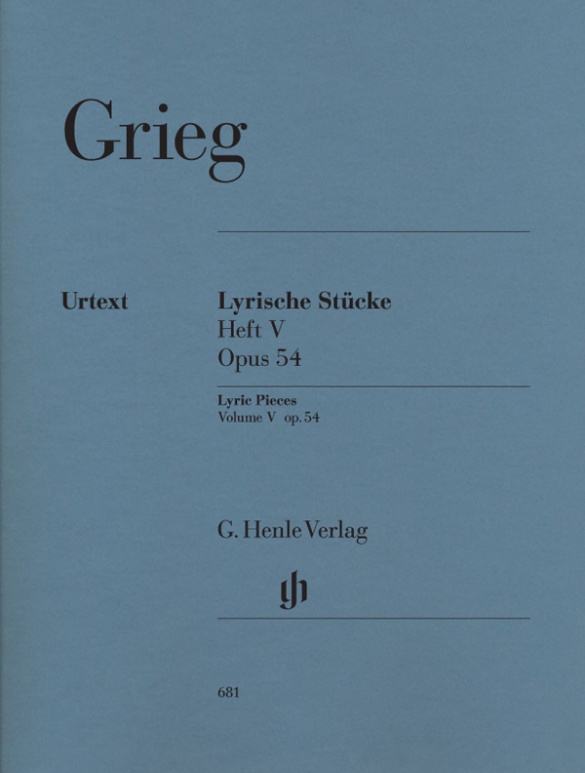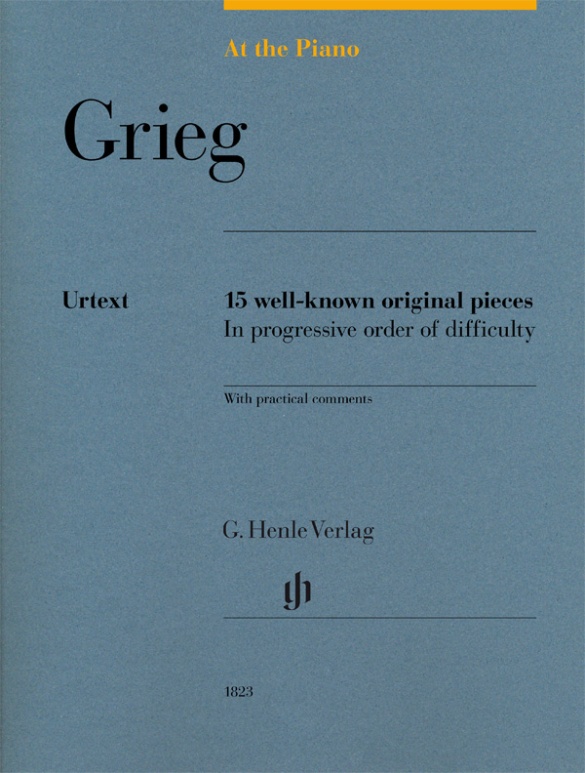

Edvard Grieg
At the Piano - 15 well-known original pieces
Edvard Grieg was a master of the Romantic miniature for piano, and with his ten volumes of “lyric pieces” he more or less created a new genre all on his own. These works offer an abundance of wonderful pieces that are ideal for a guided return to the piano. It proved difficult to choose a selection of them for our volume. But we also offer well-known pieces from the orchestral suites From Holberg’s Time and Peer Gynt, which Grieg himself arranged for the piano. Naturally they are presented superbly in true Urtext.
Content/Details
About the Composer
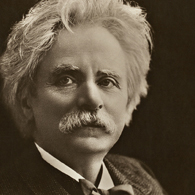
Edvard Grieg
Most important Norwegian composer of the nineteenth century and promoter of Norwegian folk music. His lyrical character pieces in particular are well known.
About the Authors
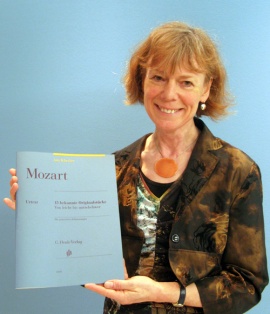
Sylvia Hewig-Tröscher (Editor, Fingering)
Since then, as a solo pianist and chamber musician, her concert activities have led her to Germany, Switzerland, France, Italy, Austria, America, Egypt, India, Korea, and
Product Safety Informations (GPSR)

G. Henle Verlag
Here you can find the information about the manufacturer of the product.G. Henle Verlag e.K.
Forstenrieder Allee 122
81476 München
Germany
info@henle.de
www.henle.com
At The Piano is an excellent series for students and teachers. Those who fancy learning a major composer’s ‘piano favourites’ will really enjoy working their way through each book. G. Henle have combined a scrupulous ‘pure’ score with plenty of valuable information, offering a fascinating glimpse into the history and style of each composer.
Melanie Spanswick, 2018recommendations
autogenerated_cross_selling
Further editions of this title
Further editions of this title


